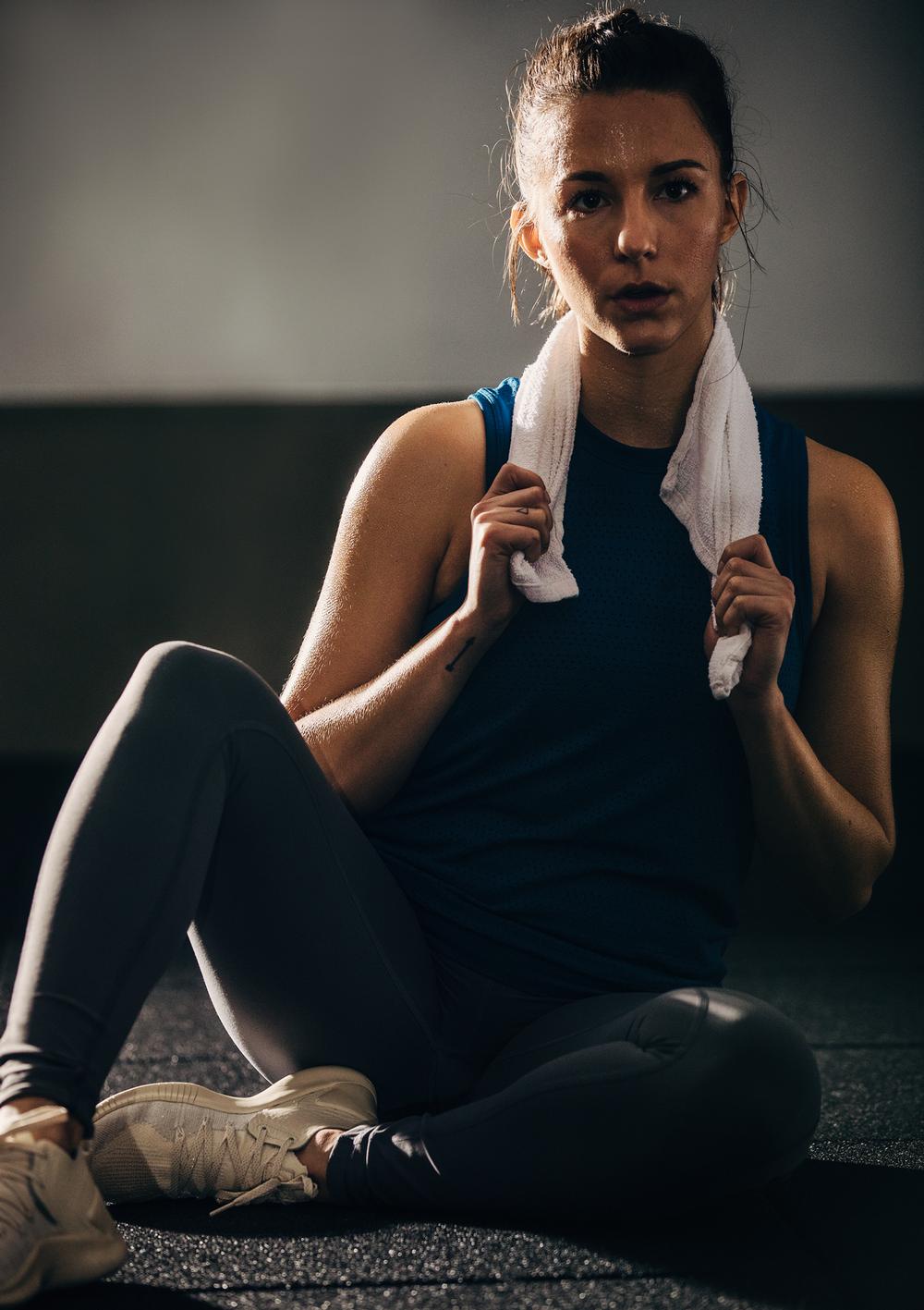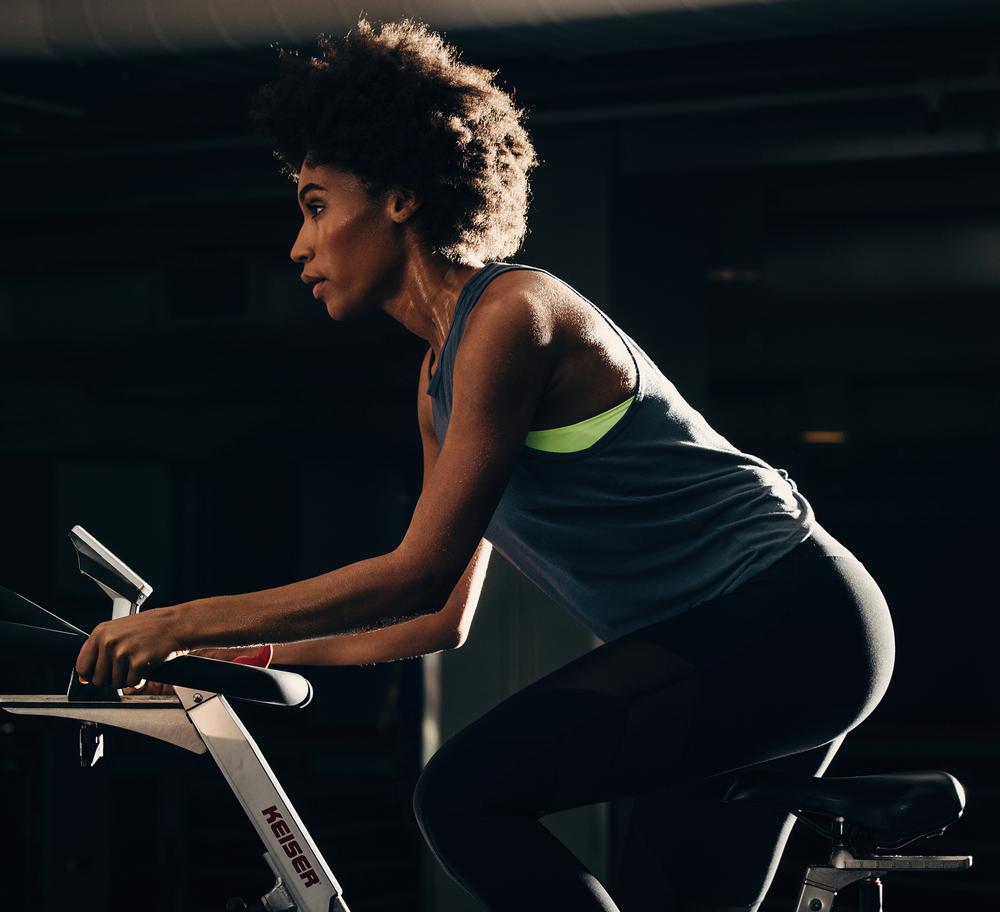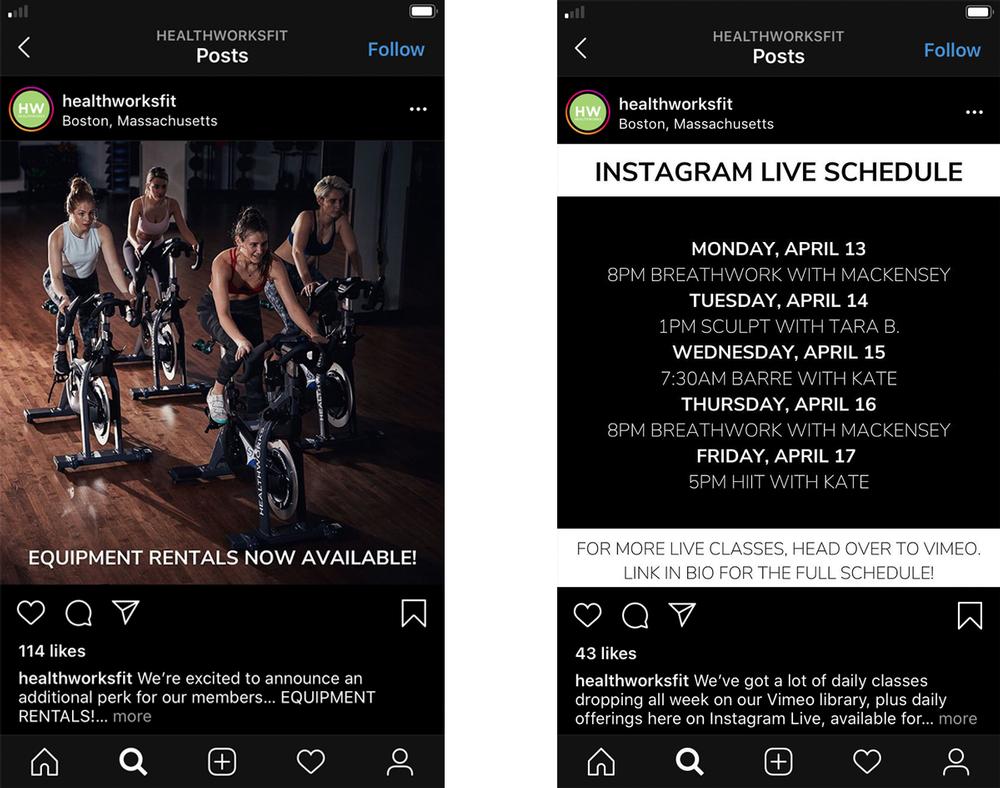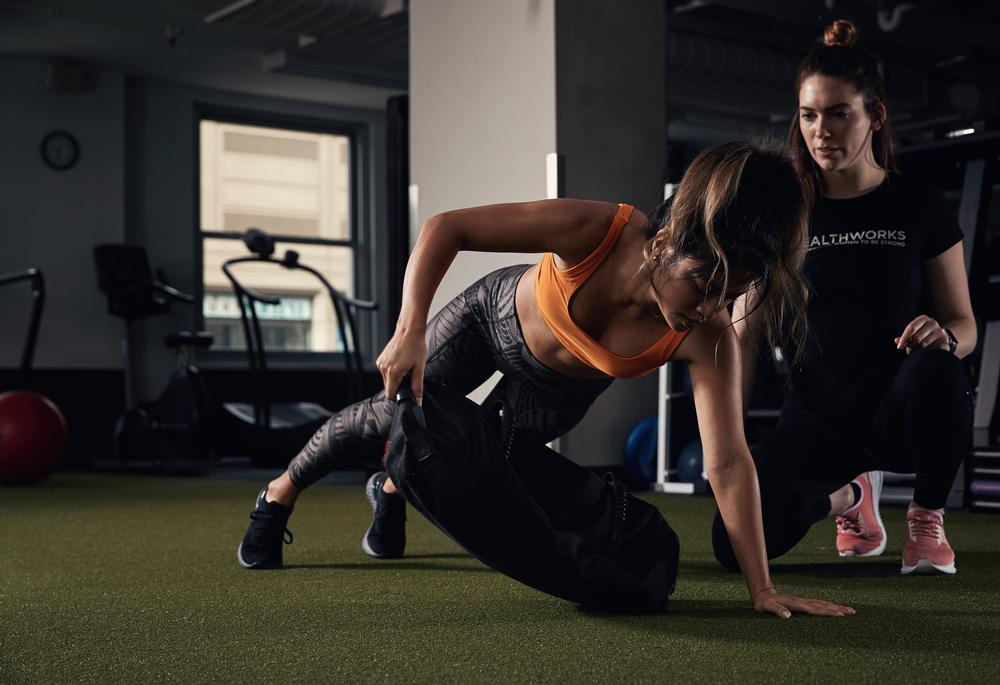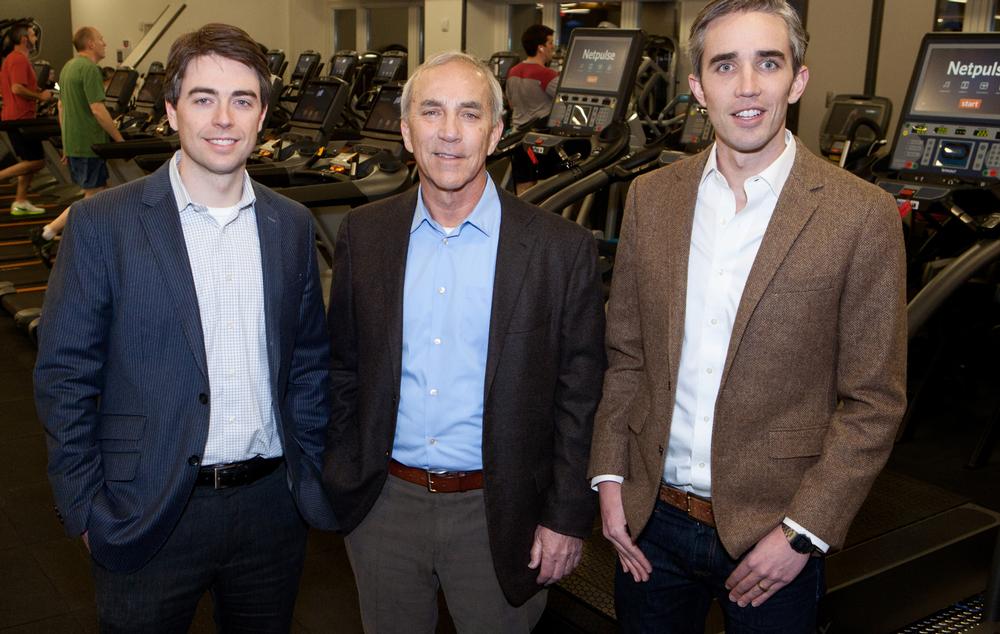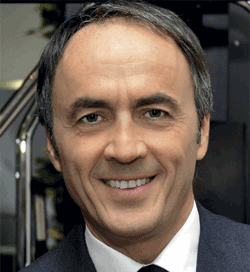As a father-son duo, Mark Harrington Snr and Mark Harrington Jr are respectively CEO and president of Boston-based Healthworks Group; younger brother Matt is also in the management team, overseeing the Group’s GymIt brand and heading up construction and facilities, while mother Patty was involved through the early years of the company, spearheading its mission to empower women.
This in itself is a tale worth telling, but right now – in the depths of the COVID-19 crisis – there’s a more immediate story we’d like to share. Here, we talk to Marks Snr and Jr about the measures Healthworks has put into place to keep revenue coming into the business, even while members cannot use the physical facilities of their clubs.
All information is accurate as at the date of our interview – Monday 6 April 2020 – and relates specifically to the four Healthworks clubs.
What measures have you put in place to steer the business through COVID-19?
We’ve been working on our response to COVID-19 since late January. Our goal was to be ahead of the situation, aggressively attacking it and doing what we could to power through.
Phase one was public safety, most clearly manifested through extensive cleaning: absolutely everyone on the team was cleaning all the time.
But as we kept track of the news reports from around the world, and realised we would likely have to either close our clubs or be faced with a situation where nobody wanted to attend in-person, we started looking at ways to create a high-value product that people could use remotely. That, of course, meant a virtual product.
It was something we’d been talking about doing for years, but there had always been something more pressing on the agenda. All of a sudden we had to pivot, putting something in place in the space of approximately 10 days.
We sent an email to our team announcing: “As of 8.00pm yesterday, we are no longer a retail company. We’re an online/virtual company.” And they were remarkable, adapting incredibly quickly. With their help, we’ve been able to put in place two significant products: virtual group exercise, and remote personal training.
This means we’re able to offer our members a broader range of options than simply cancelling or freezing their membership.
Tell us more about your at-home services…
Our virtual group exercise offering is a combination of on-demand and live streamed classes. We started filming even before our clubs closed, which meant we already had an on-demand library of professionally produced classes – led by our own instructors – by the time we hit lockdown. Complementing this, our trainers are now live streaming and/or recording classes from their own homes. About 75 per cent of the sessions are live streamed, with everything then available on demand afterwards. We’ll have 40 classes this week, 60 by next week, 80 the week after.
Then there’s remote personal training, which we’re marketing as “the same PT you know and love, just delivered via video conference rather than in-person”. We find the consumer products work best as the platform: Skype, FaceTime or whatever suits the client and the trainer.
How have you communicated all of this with members?
We care deeply about our members and felt it was only right to give them proper options, which we did proactively and immediately.
Our message was this: “If you are willing and able to support us, we ask that you continue to do so” – that is, continuing to pay full membership. For members who were able to do this, in addition to providing full access to our virtual class offering, we’re also crediting them with US$50 a month of ‘club cash’ to spend with us once our doors re-open.
We’re putting together a range of member-only perks too, such as gym equipment rental. We introduced this on Friday, so three days ago, and it has already proved incredibly popular: we have about 150 studio bikes across our estate, and within hours of launching the scheme we had 240 people wanting to rent them!
But there are other options besides continuing to pay membership, and we made these very clear to our members. Any member, at any point, is entitled to a no-cost membership freeze, to cancel with no questions asked, or to downgrade to a US$30 a month (or US$14 a fortnight) digital membership.
The Attorney General appears happy that – as long as we present options and provide value, coupled with real-time refunds and no-cost freezes – we are operating in an acceptable way.
We continue to communicate with our members regularly, through emails, phone calls and social media. We’re seeing around a 70 per cent read rate for every email that goes out, which is something you’d normally only dream of!
What results are you seeing from your various initiatives?
Around 50 per cent of our members are currently continuing to pay full membership, with another 10 per cent taking up virtual-only digital membership. The remaining 40 per cent have mostly frozen their membership; we’ve had very few cancellations.
The remote personal training service has also been a great success: we’ll maintain around 40 per cent of our PT business for April.
We actually have some PTs who are making more money than they did previously: they’ve been able to tap in to former clients who might have moved out of the area, as well as members referring other family members living across the US.
It is a mixed bag though – some of our PTs are struggling to get to grips with this environment – so we’ve increased the commission we pay all our trainers by 25 per cent. This means most of the money we make through this channel is going back to them. That’s important to us: we want them to be OK throughout this process, employed and earning money.
As at today, we’ve been able to hold on to 70 per cent of our full-time staff, with personal trainers delivering remote sessions, instructors being paid full class rates for as many classes a week as we can give them, and the sales team working hard to market and sell digital memberships. The sales and management teams have agreed to a pay cut across the board so we can keep as many people employed as possible.
To what do you attribute your success?
Healthworks has always been the engine of our company: a strong brand with passionate staff, a clear USP and the sort of raving fans everyone wants. It has a different feeling from many other clubs: its members don’t see it as a necessary evil but as a community they feel part of, that they believe in, that they care about, and that they therefore want to support through a crisis. There was a stickiness there to begin with.
The close connections between members and staff have been key. The first question we’ve been asked has so often been: “Are you going to continue paying your staff?” Our members want to support the trainers, instructors and other staff members they care about through this crisis. Our move to give virtually all the online PT fees to the trainers has therefore been very well received, and has driven a higher uptake of virtual PT than we expected.
The sense of community in our clubs has also been key to the high uptake of digital membership. When members realised the emails or phone calls they were receiving were coming from the sales person who joined them, or a team member they chat with every time they come in, they tended to opt for a digital membership rather than cancelling.
It is worth recognising, though, that Healthworks has an upscale membership base, most of whom are still working and being paid. “As long as my pay check comes in as normal, I’ll keep paying as normal” has been something we’ve heard a lot. Linked to that, we also have a fairly high percentage of members – over 20 per cent – who were already used to paying ancillary revenue, whether for small group training or personal training.
What are your immediate plans?
Everything is moving so fast at the moment – a few days feels like a month – and we know it will get harder before it gets easier.
Our team will, however, continue to do their best to look after members and keep revenue coming in.
Firstly, we want to make sure all members who have access to our virtual offering are benefiting from it. We’re reaching out for feedback and actively encouraging everyone to take part in the virtual classes.
Secondly, we’ll see if any of our frozen members might now like to upgrade to a digital membership.
Third, given we now have an offering with no geographical limits, we’re looking to expand our reach, selling digital memberships beyond our member base. At the moment, digital membership is mostly being taken up by existing members or those who are at least familiar with our brand: former members, or friends and family introduced via member referral. We hope to build on this.
What might the future look like for the Healthworks Group?
There’s so much uncertainty at the moment and we’re very concerned for the overall business. It looks OK right now, but every month we’re closed will be exponentially more challenging than the month before. Depending on how long this continues, at some point it may not be realistic to expect high levels of revenue.
We also have no idea what things will look like once we re-open our doors.
Healthworks in particular is a model that thrives in business districts. If remote working becomes the post-COVID norm, it could force us to dramatically change our model.
However, one thing is for sure: virtual is here to stay. In its simplest sense, it lets members access our services on the days they can’t make it to the club. It also gives PTs a tool to do more training. And it provides a great alternative to cancellation. Most people leave our clubs because they’re moving out of the area; now, if they want to carry on training with us, they can sign up for a digital membership.
What would be your advice for other operators in these difficult times?
Ideally, you need to work out a way of offering your customers a product they want – but above all, you need to continue to treat them with respect, even when things get tough.
This is our high-level focus at Healthworks. We’re doing everything we can to ensure the company survives with as much integrity and respect for its team and its members as possible.








